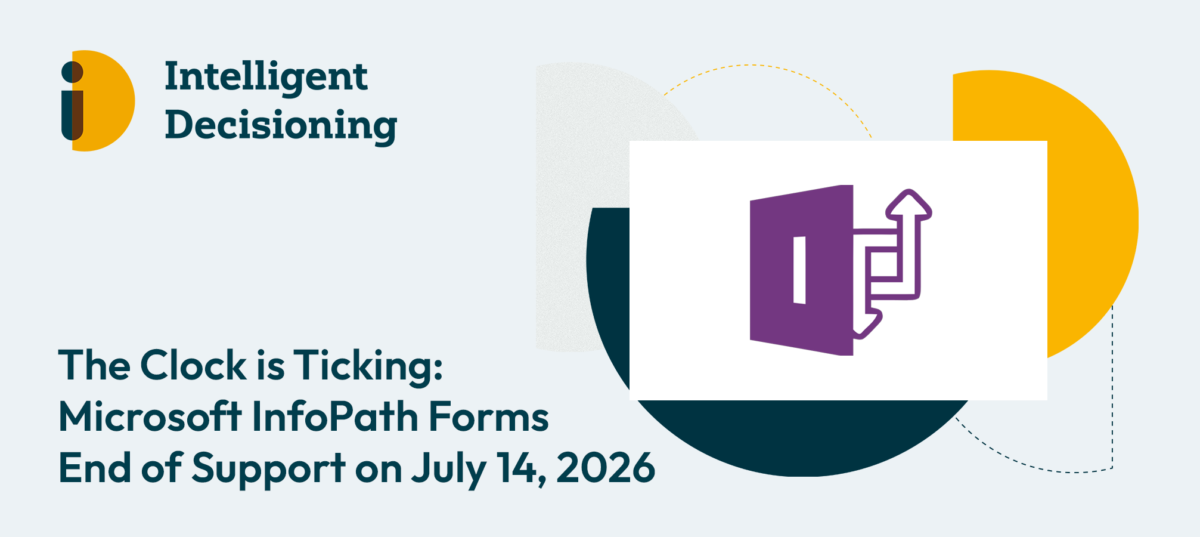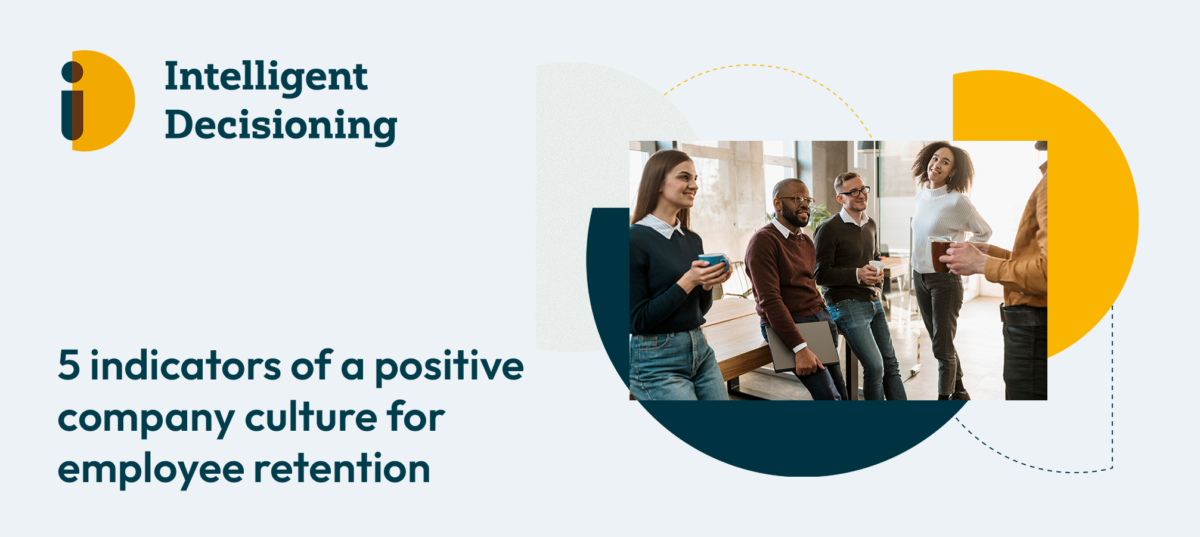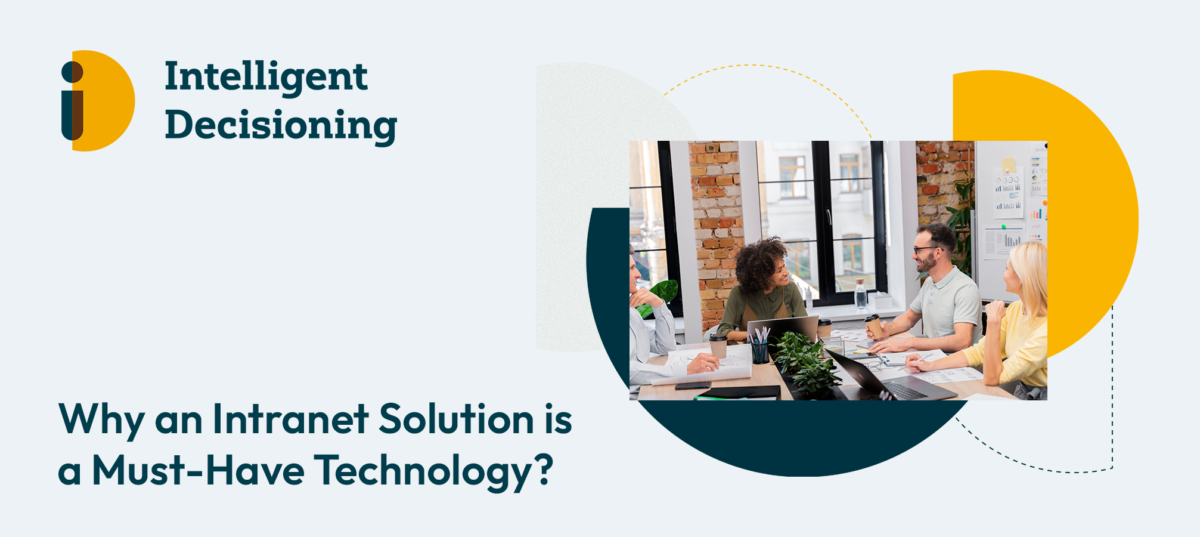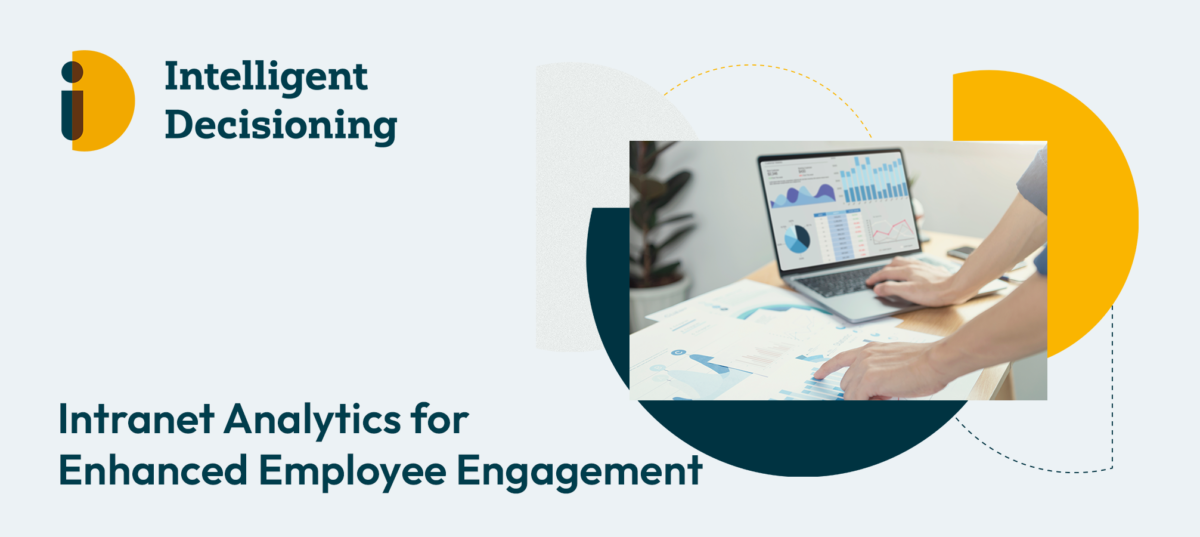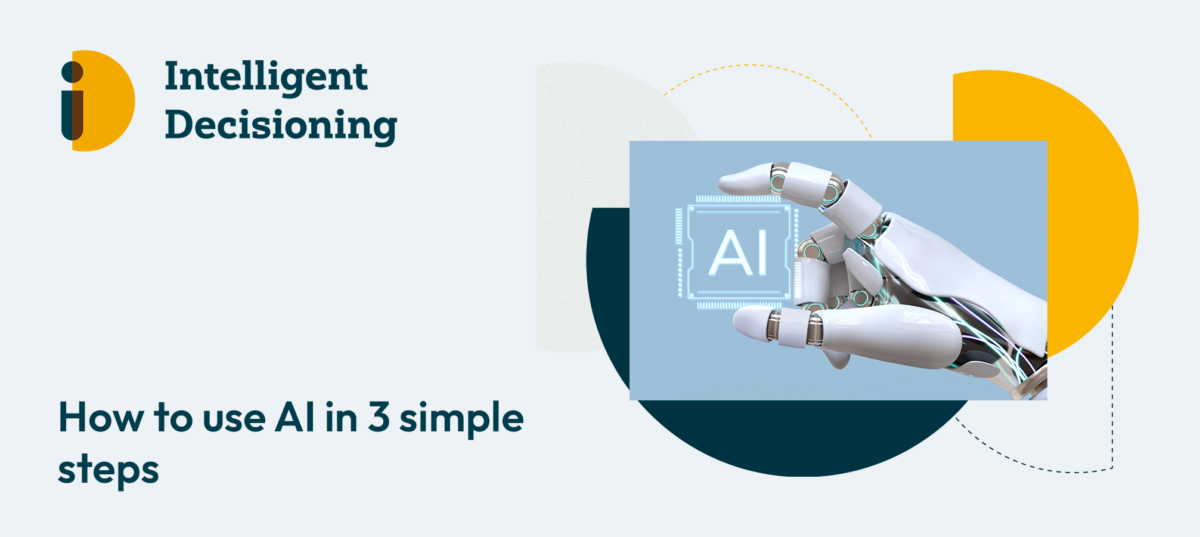Positive workplace culture may be proven in a variety of ways, but employee retention may be the most reliable indicator of success. While there are ups and downs in nearly any employment, the most common reason people stay is because they feel appreciated, respected, and noticed by their employer. A positive corporate culture promotes encouraging business practices and looks after everyone, regardless of who or where they are.
Actionable methods to retain staff
So, employers, how can we do it right? We’ve compiled a list of five of the top ‘green lights’ of a happy workplace culture, which we hope will inspire others to think about innovative methods to retain staff.
1. Open communication
In the working world, we are all grownups. We can easily sense when someone is avoiding the truth. Honesty is the best policy, and being transparent becomes simpler when there is mutual trust between colleagues and employers. When it comes to employee retention, communication, or the lack thereof, is frequently the first factor that causes a drop in work satisfaction.
When change occurs in an organisation, whether it is a new corporate benefit, new technology, a relocation, a merger, or an acquisition, there will always be questions. These questions must be answered to keep staff interested. Communicating as much as possible about these changes might be accomplished by company-wide updates, news alerts on intranet systems, or more sensitive material being shared in smaller settings, such as team meetings.
Providing a forum for employees to ask questions, express their thoughts, or make ideas about new goods or services can foster an open discourse, perhaps leading to improved results. The next stage is to guarantee that employee voices are heard and responded to. Communicating as much as possible about these changes might be accomplished by company-wide updates, news alerts on intranet systems, or more sensitive material being shared in smaller settings, such as team meetings.
Providing a forum for employees to ask questions, express their thoughts, or make ideas about new goods or services can foster an open discourse, perhaps leading to improved results. The next stage is to guarantee that employee voices are heard and responded to.
2. Rewards and recognition
Everyone wants to feel acknowledged. While some employees enjoy keeping their heads down, others want recognition for completing each duty. There is a balance to strike, but it is still extremely useful to recognise individuals who excel at their jobs, whether they brag about it or not. In our most recent Employee Happiness Survey, one-third of respondents stated that their workplace did not reward employee successes.
“Employee of the Month” incentives have been around for decades and will continue to have a place in the proper atmosphere. By cultivating a healthy workplace culture, we can celebrate minor triumphs, provide a helping hand, and praise for doing a good job, ensuring that everyone receives a portion of the attention each month, rather than just one individual. Employee retention may be easily achieved through reward and recognition activities, even without a budget. It may be as easy as creating a social feature on your intranet to encourage co-workers to appreciate one another for their contributions to projects, such as giving them a public ‘thank you’ on the platform. You then have the option to scale and provide more rewards based on the amount or quality of mentions an employee receives over time.
3. Employee Retention
We spend so much of our lives at work that we should try to appreciate it as much as possible. It comes as no surprise that a healthy work-life balance is the most important determinant of employee happiness.
It is one thing to find the perfect individual for the appropriate function; retaining them is as crucial. In truth, staff retention is far more cost efficient and useful than recruiting, particularly when your firm has great talent that losing would be damaging. The expense of recruiting and training new personnel can have an influence on the timetables and work capacity of individuals responsible for training them. An employee retention strategy should be always addressed, not only when there are signs that staff are unhappy, dissatisfied, or about to quit. Existing workers are less likely to quit if they are kept satisfied, feel seen and heard, are adequately rewarded and paid, and have possibilities for professional growth within their function or career path.
4. Technology and Innovation
We can work more efficiently when we have the proper tools and technology for the job. This leads to increased productivity and employee happiness, both in their roles and across the organisation, promoting a healthy workplace culture.
Our collaboration with The National Portrait Gallery is an excellent illustration of how modern technology can expedite operations. The National Portrait Gallery, a charity institution with a large portrait collection, sought to reconnect its dispersed workforce and increase communication. Intelligent Decisioning’s Mercury platform allowed easy access to Microsoft Teams and other applications, promoting an integrated and efficient working environment that met the Gallery’s requirements for increased productivity and connection.
The company now has better communication and cooperation across several locations, resulting in a more integrated and effective working environment.
“Working with Intelligent Decisioning and their Mercury product enabled us to quickly and efficiently deploy a Digital Workplace for our staff that made them feel part of one organisation” – The National Portrait Gallery
5. Collaboration
When conflicts arise inside a team, strive not just to alleviate the issue, but also to establish avenues for colleagues to cooperate with other teams on cross-departmental projects. Having a new project to focus on, while ensuring that workload is considered, may create new possibilities for colleagues to engage and cooperate with people they may not normally work with.
Consider forming a Wellbeing or Equality, Diversity, and Inclusion committee, where colleagues from throughout the business may collaborate to create a more positive workplace culture.
The more we can cultivate strong and healthy inter-departmental and cross-business ties, the greater the influence of a strong corporate culture, and hence employee well-being and pleasure.
Book a free demo
We can walk you through all the features that may be used to develop a great workplace culture and a proactive staff retention strategy through engagement and appreciation. Click here to book a free demo by our experienced team!

